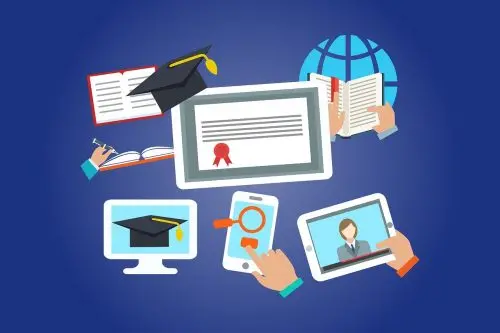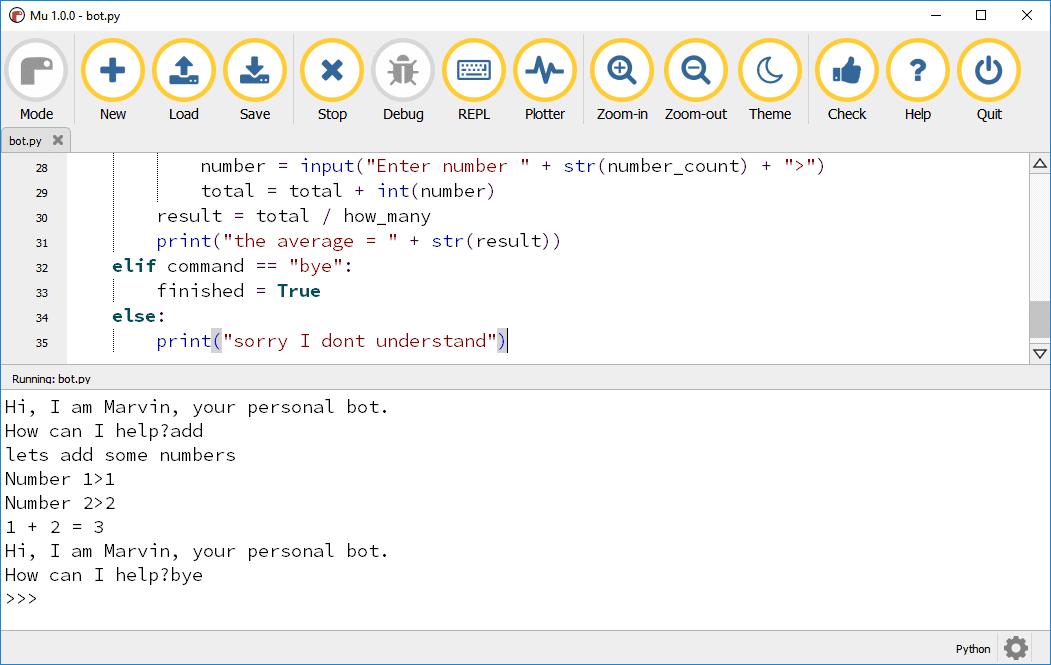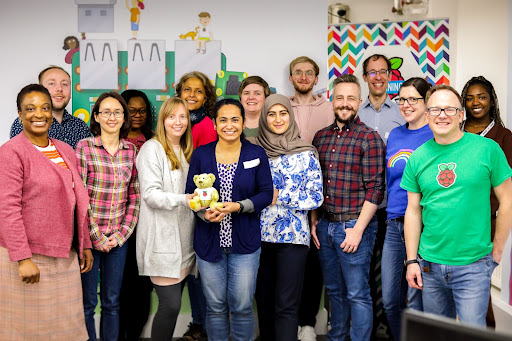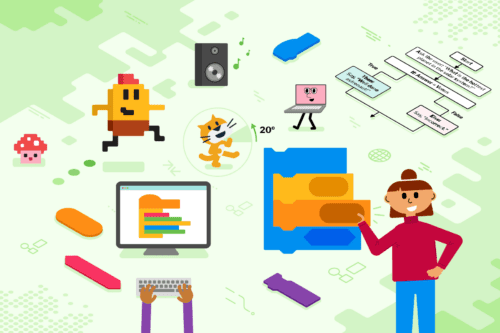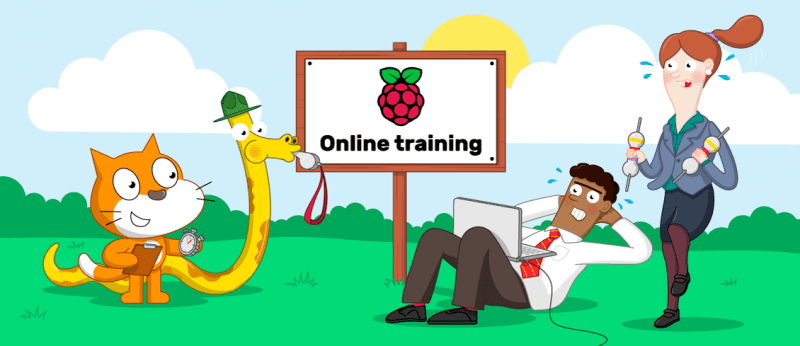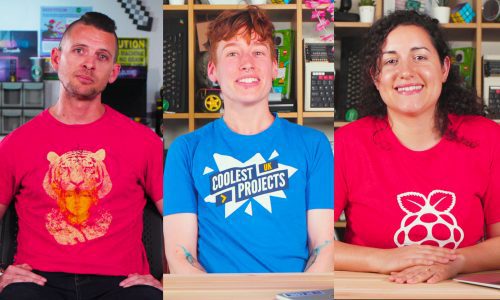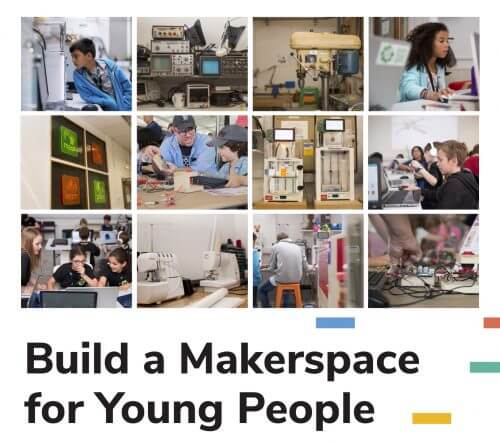Schlagwort: online course
-

Free online course on understanding AI for educators
Reading Time: 5 minutesTo empower every educator to confidently bring AI into their classroom, we’ve created a new online training course called ‘Understanding AI for educators’ in collaboration with Google DeepMind. By taking this course, you will gain a practical understanding of the crossover between AI tools and education. The course includes a conceptual look…
-

Learn to program in Python with our online courses
Reading Time: 5 minutesIf you’re new to teaching programming or looking to build or refresh your programming knowledge, we have a free resource that is perfect for you. Our ‘Learn to program in Python’ online course pathway is for educators who want to develop their understanding of the text-based language Python. Each course is packed…
-

Back to school 2022: Our support for teachers
Reading Time: 9 minutesThe summer months are an exciting time at the Foundation: you can feel the buzz of activity as we prepare for the start of a new school year in many parts of the world. Across our range of fantastic (and free) programmes, everyone works hard to create new and improved resources that…
-

How to create great educational video content for computing and beyond
Reading Time: 5 minutesOver the past five years, we’ve made lots of online educational video content for our online courses, for our Isaac Computer Science platform for GCSE and A level, and for our remote lessons based on our Teach Computing Curriculum hosted on Oak National Academy. We have learned a lot from experience and…
-

Get an easy start to coding with our new free online course
Reading Time: 4 minutesAre you curious about coding and computer programming but don’t know how to begin? Do you want to help your children at home, or learners in your school, with their digital skills, but you’re not very confident yet? Then our new, free, and on-demand online course Introduction to Programming with Scratch course…
-

Learn the fundamentals of AI and machine learning with our free online course
Reading Time: 5 minutesJoin our free online course Introduction to Machine Learning and AI to discover the fundamentals of machine learning and learn to train your own machine learning models using free online tools. Although artificial intelligence (AI) was once the province of science fiction, these days you’re very likely to hear the term in…
-

Learn the fundamentals of AI and machine learning with our free online course
Reading Time: 5 minutesJoin our free online course Introduction to Machine Learning and AI to discover the fundamentals of machine learning and learn to train your own machine learning models using free online tools. Although artificial intelligence (AI) was once the province of science fiction, these days you’re very likely to hear the term in…
-

How teachers train in Computing with our free online courses
Reading Time: 4 minutesSince 2017 we’ve been training Computing educators in England and around the world through our suite of free online courses on FutureLearn. Thanks to support from Google and the National Centre for Computing Education (NCCE), all of these courses are free for anyone to take, whether you are a teacher or not!…
-

Developer Q&A: brand-new online training courses
Reading Time: 6 minutesThere is always a flurry of activity at the start of the new academic year, and we are getting in on the action: this autumn and winter, we’ll be launching four new online courses! They are completely free and aim to give educators a solid grounding in the concepts and practical applications…
-

New free online course about building makerspaces
Reading Time: 2 minutesHelping people to get into making is at the heart of what we do, and so we’ve created a brand-new, free online course to support educators to start their own makerspaces. If you’re interested in the maker movement, then this course is for you! Sign up now and start learning with Build…
